The magintude of displacemnt is equal to the distance coverd in a given interval of time if the particle .
Moves with constant acceleration along any path
Moves with constant speed
Moves in same direction with constant velocity .
Moves with constant velocity
The correct Answer is:C
To solve the question, we need to understand the relationship between displacement and distance covered by a particle under different conditions of motion.
1. Understanding Displacement and Distance:
- Displacement is defined as the shortest distance from the initial position to the final position of an object, along with the direction. It is a vector quantity.
- Distance, on the other hand, is the total length of the path traveled by the object, regardless of direction. It is a scalar quantity.
2. Condition for Equal Magnitude of Displacement and Distance:
- The magnitude of displacement is equal to the distance covered when the particle moves in a straight line without changing direction.
- This occurs when the particle moves with constant velocity in the same direction.
3. Analyzing Different Motion Scenarios:
- Constant Acceleration: If a particle moves with constant acceleration, the distance covered will generally be greater than the displacement unless it returns to the starting point.
- Constant Speed: If the particle moves at a constant speed but changes direction, the distance covered will be greater than the displacement.
- Constant Velocity: If the particle moves with constant velocity in the same direction, the distance covered will equal the magnitude of displacement.
4. Conclusion:
- Therefore, the statement holds true that the magnitude of displacement is equal to the distance covered if the particle moves with constant velocity in the same direction.
Final Answer:
The magnitude of displacement is equal to the distance covered in a given interval of time if the particle moves with constant velocity in the same direction.
---
- Displacement is defined as the shortest distance from the initial position to the final position of an object, along with the direction. It is a vector quantity.
- Distance, on the other hand, is the total length of the path traveled by the object, regardless of direction. It is a scalar quantity.
- The magnitude of displacement is equal to the distance covered when the particle moves in a straight line without changing direction.
- This occurs when the particle moves with constant velocity in the same direction.
- Constant Acceleration: If a particle moves with constant acceleration, the distance covered will generally be greater than the displacement unless it returns to the starting point.
- Constant Speed: If the particle moves at a constant speed but changes direction, the distance covered will be greater than the displacement.
- Constant Velocity: If the particle moves with constant velocity in the same direction, the distance covered will equal the magnitude of displacement.
- Therefore, the statement holds true that the magnitude of displacement is equal to the distance covered if the particle moves with constant velocity in the same direction.
The magnitude of displacement is equal to the distance covered in a given interval of time if the particle moves with constant velocity in the same direction.
Topper's Solved these Questions
- KINEMATICS-1BOOK - CENGAGE PHYSICS ENGLISHCHAPTER - KINEMATICS-1EXERCISE - Graphical Concept
17 Videos
- KINEMATICS-1BOOK - CENGAGE PHYSICS ENGLISHCHAPTER - KINEMATICS-1EXERCISE - Graphical cancept
1 Videos
- KINEMATICS-1BOOK - CENGAGE PHYSICS ENGLISHCHAPTER - KINEMATICS-1EXERCISE - Subjective
29 Videos
- GRAVITATIONBOOK - CENGAGE PHYSICS ENGLISHCHAPTER - GRAVITATIONEXERCISE - INTEGER_TYPE
1 Videos
- KINEMATICS-2BOOK - CENGAGE PHYSICS ENGLISHCHAPTER - KINEMATICS-2EXERCISE - Exercise Integer
9 Videos
Similar Questions
For a particle under going rectilinear motion with uniform acceleration, the magnitude of displacement is one third the distance covered in some time interval. The magnitude of final velocity is less than magnitude of initial velocity for this time interval. Then the ratio of initial speed velocity to the final speed for this time interval is :
View SolutionFor a particle under going rectilinear motion with uniform acceleration, the magnitude of displacement is one third the distance covered in some time interval. The magnitude of final velocity is less than magnitude of initial velocity for this time interval. Then the ratio of initial speed velocity to the final speed for this time interval is :
View Solution
Knowledge Check
The graph of the total number of α-particles scattered at different angles in a given interval of time for α- particles scattering in the geiger- marsden experiment is given by
A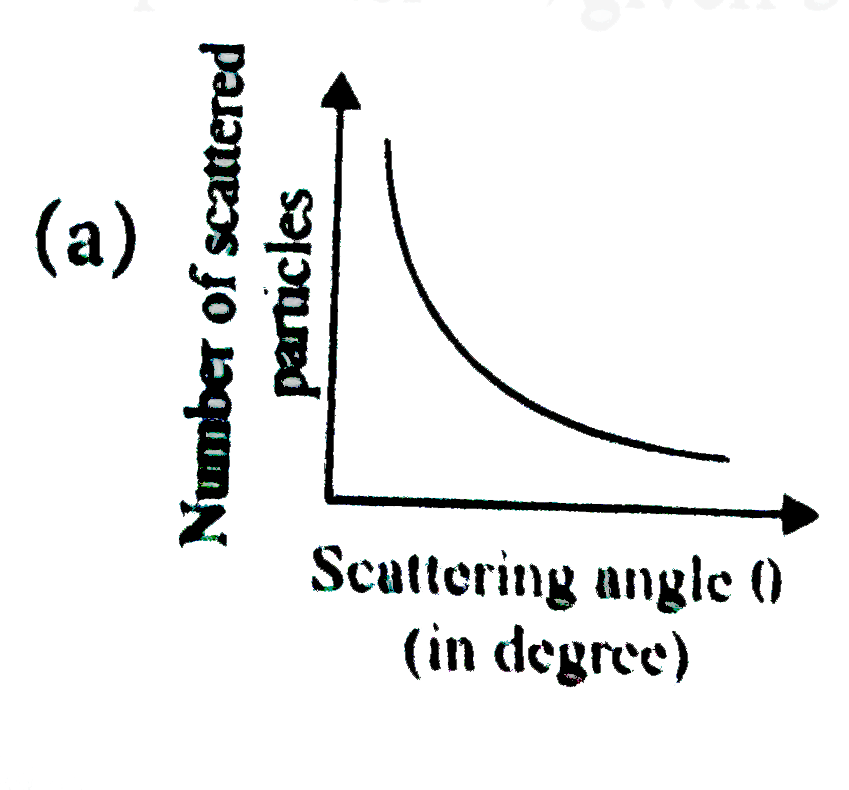 B
B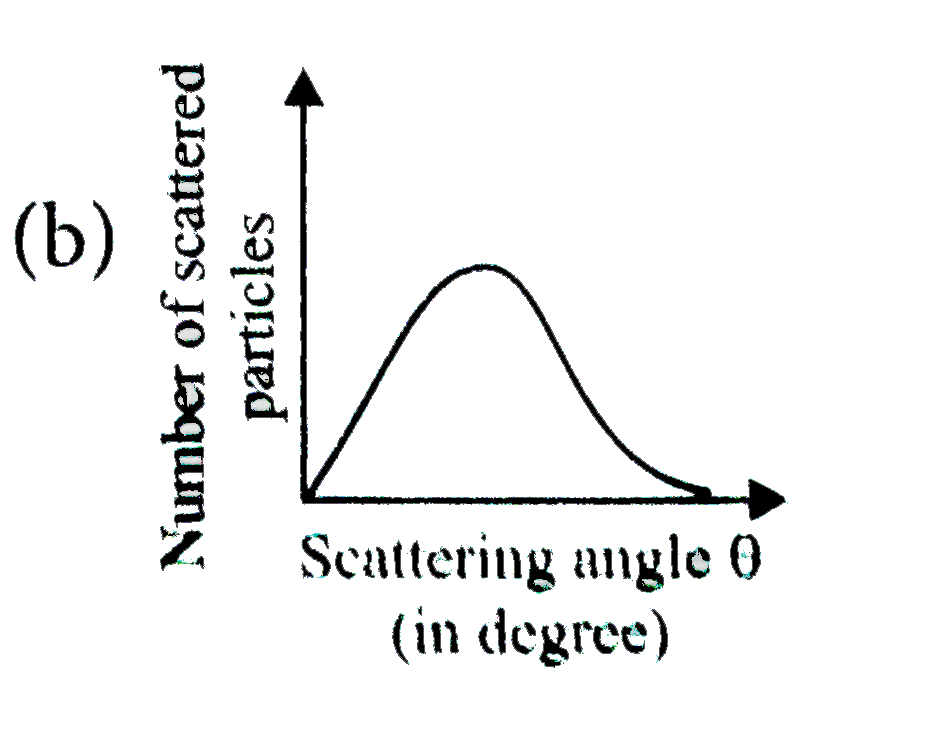 C
C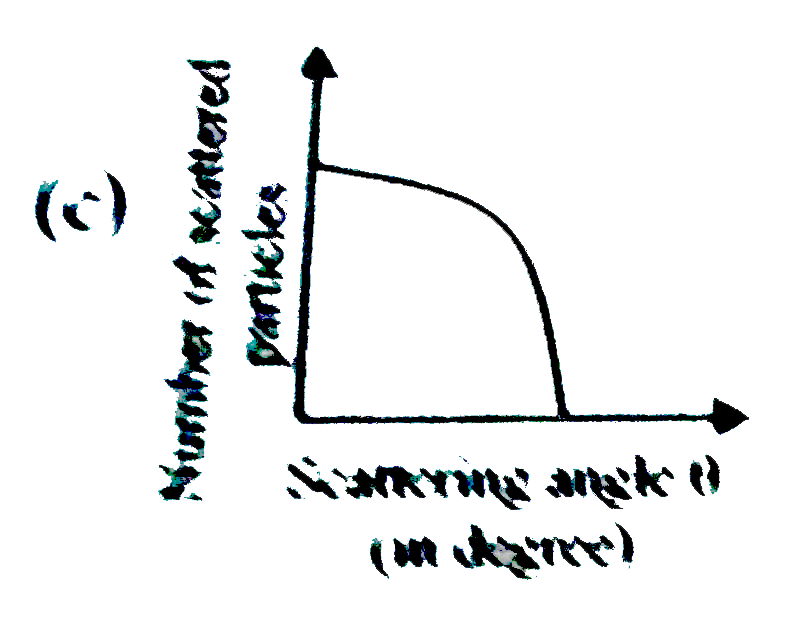 D
D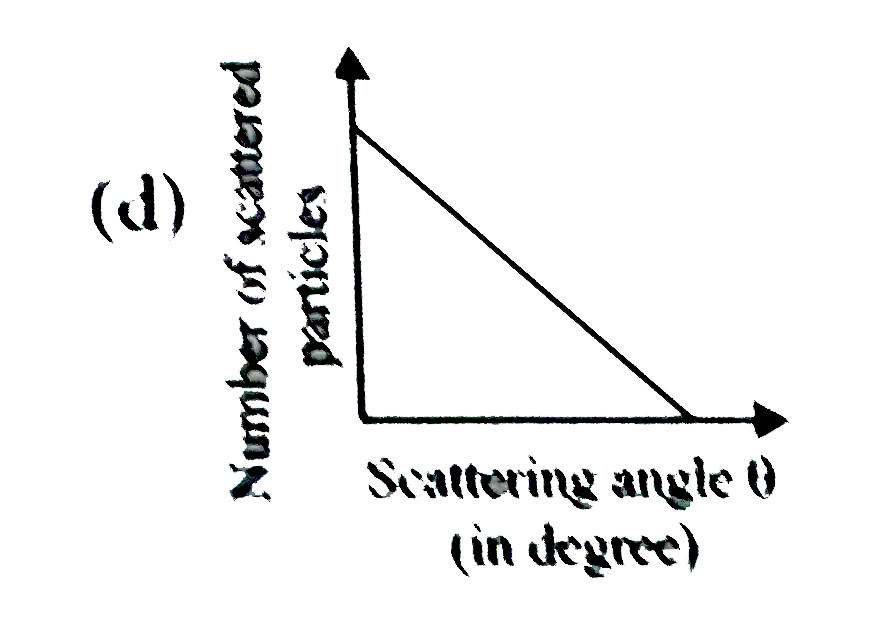
If a body covers equal distances in equal intervals of time, the motion is said to be :
AuniformBnon-uniformCoscillatoryDrotatory
The velocity-time graph of a moving object is given in the figure. Draw the acceleration versus time and displacement versus time graph. Find the distance travelled during the time interval when the acceleration is maximum . Assume that the particle starts from origin.
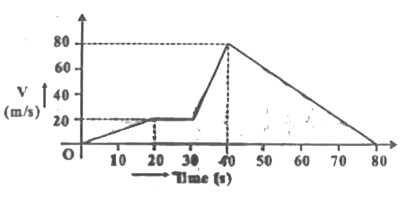
View SolutionAssertion: The magnitude of average velocity of the object over an interval of time is either smaller than or equal to the average speed of the object over the same interval.
Reason: Path length (distance) is either equal or greater than the magnitude of displacement.
View SolutionThe displacement of a moving object in a given interval of a time is zero. Would the distance travelled by the object also be zero ? Justify your answer ?
View SolutionGalileo's law of odd number: The distances traversed, during equal intervals of time, by a body falling from rest, stand to one another in the same ratio as the odd number beginning with unity [namelly, 1:3:5:7....]. Prove it.
View SolutionA particle moving in a straight line covers half the distance with speed of 3 m/s. The other half of the distance covered in two equal time intervals with speed of 4.5 m/s and 7.5 m/s respectively. The average speed of the particle during this motion is :-
View SolutionShow that when a particle moves with uniform acceleration , the distances described in consecutive equal intervals of time are in A.P.
View Solution
